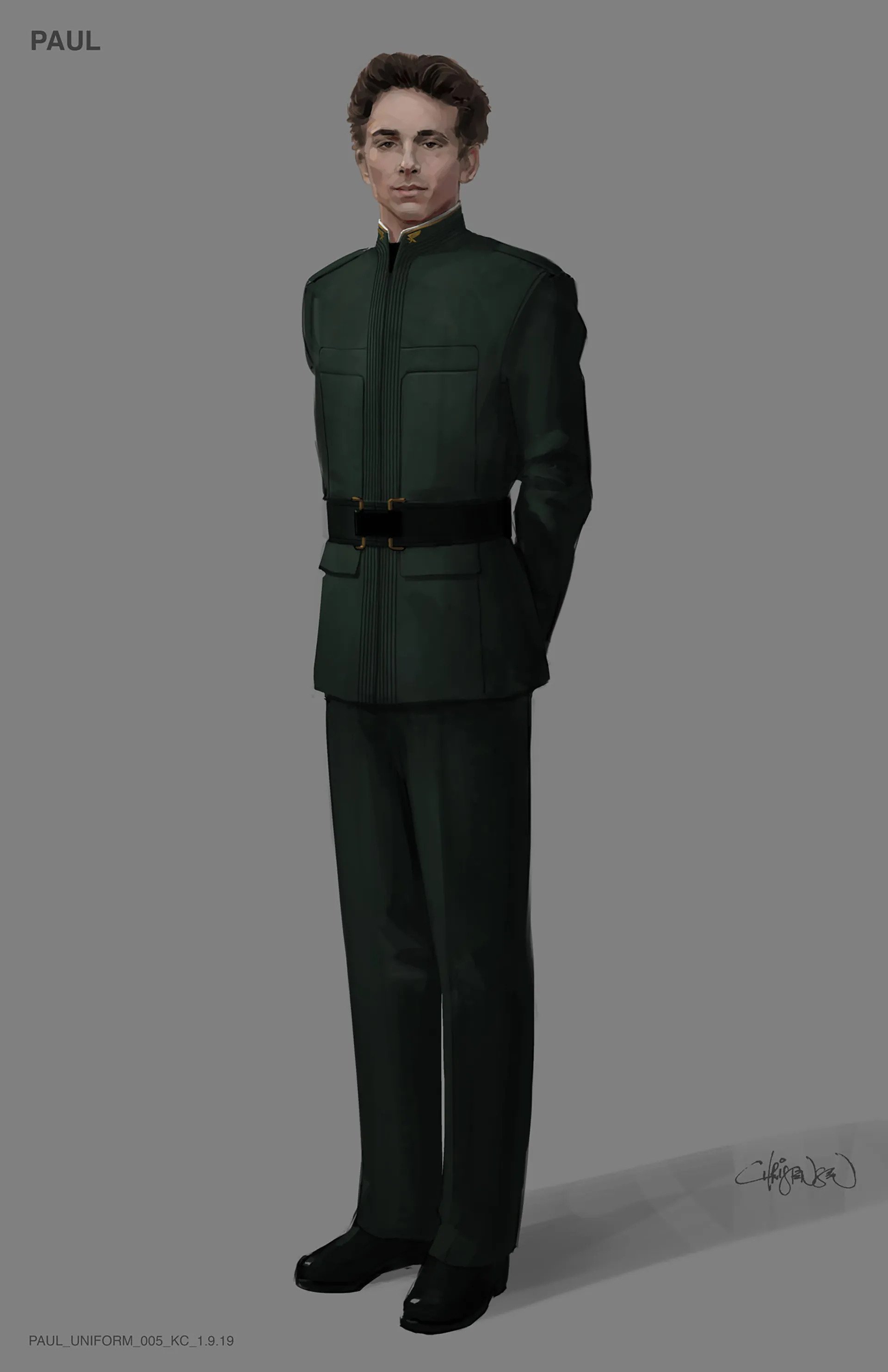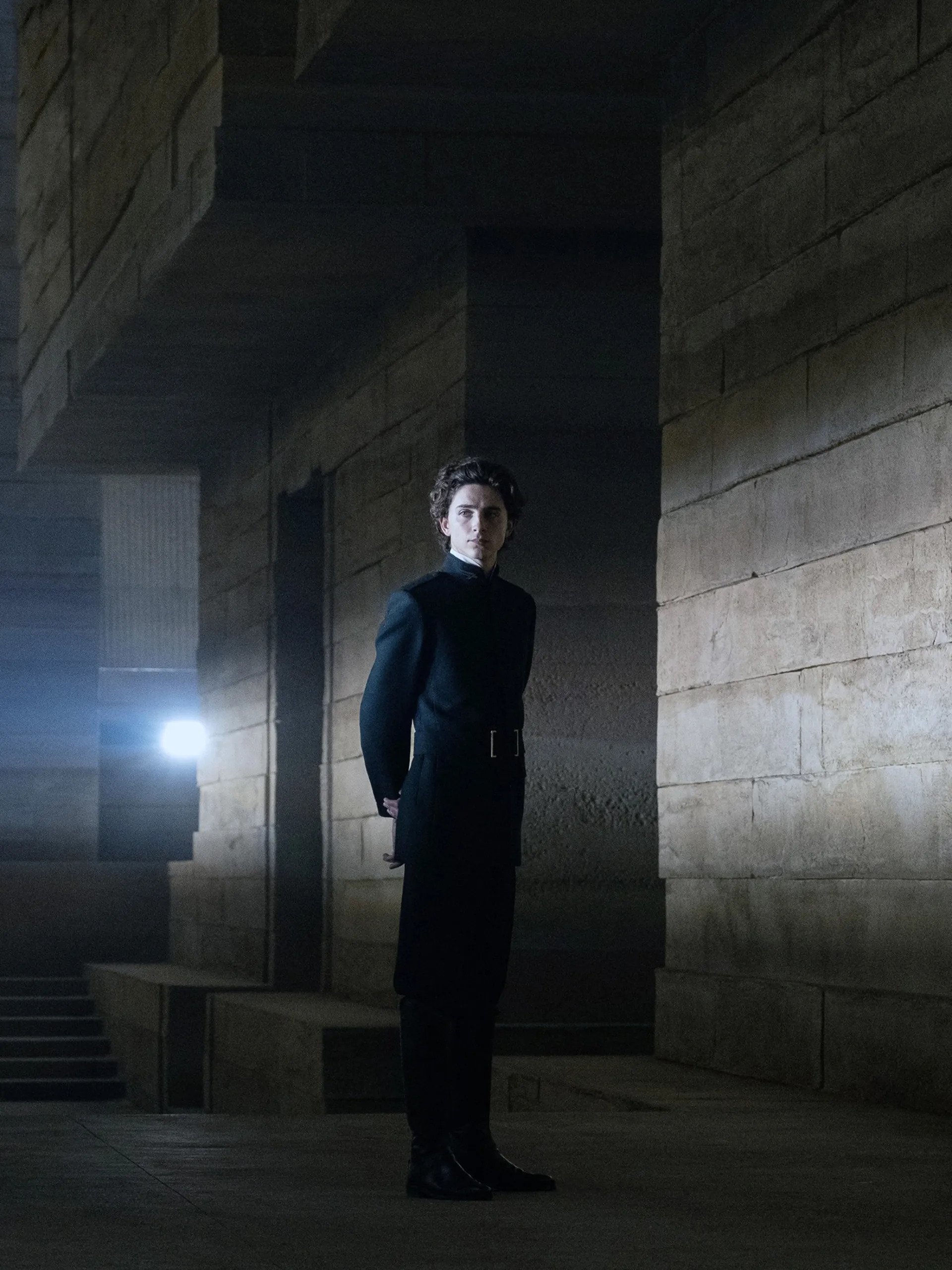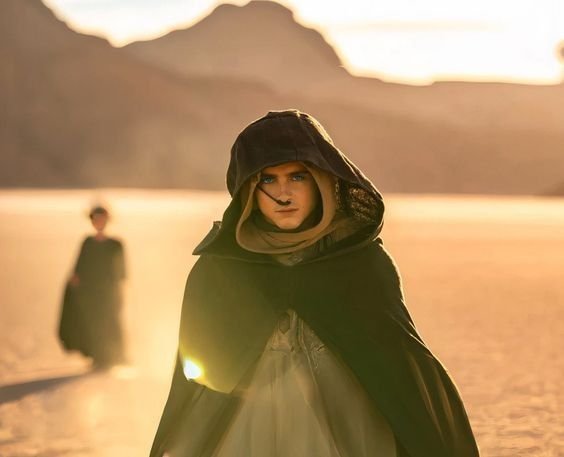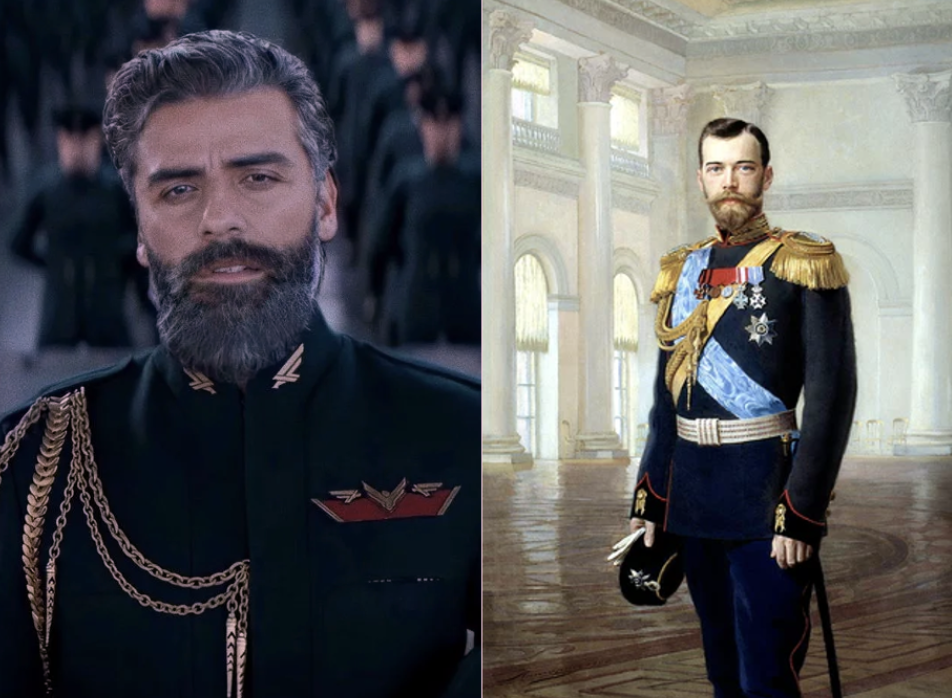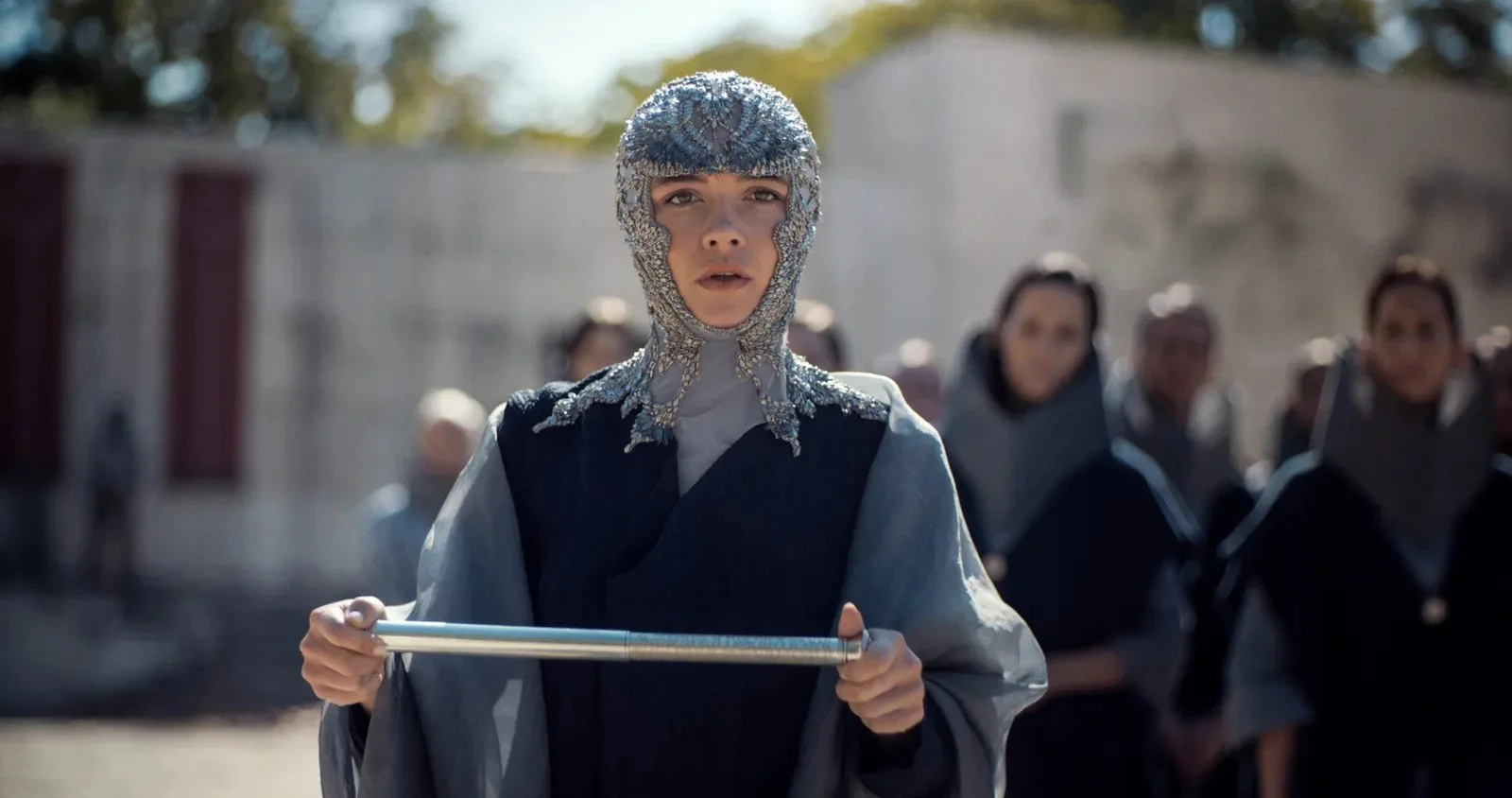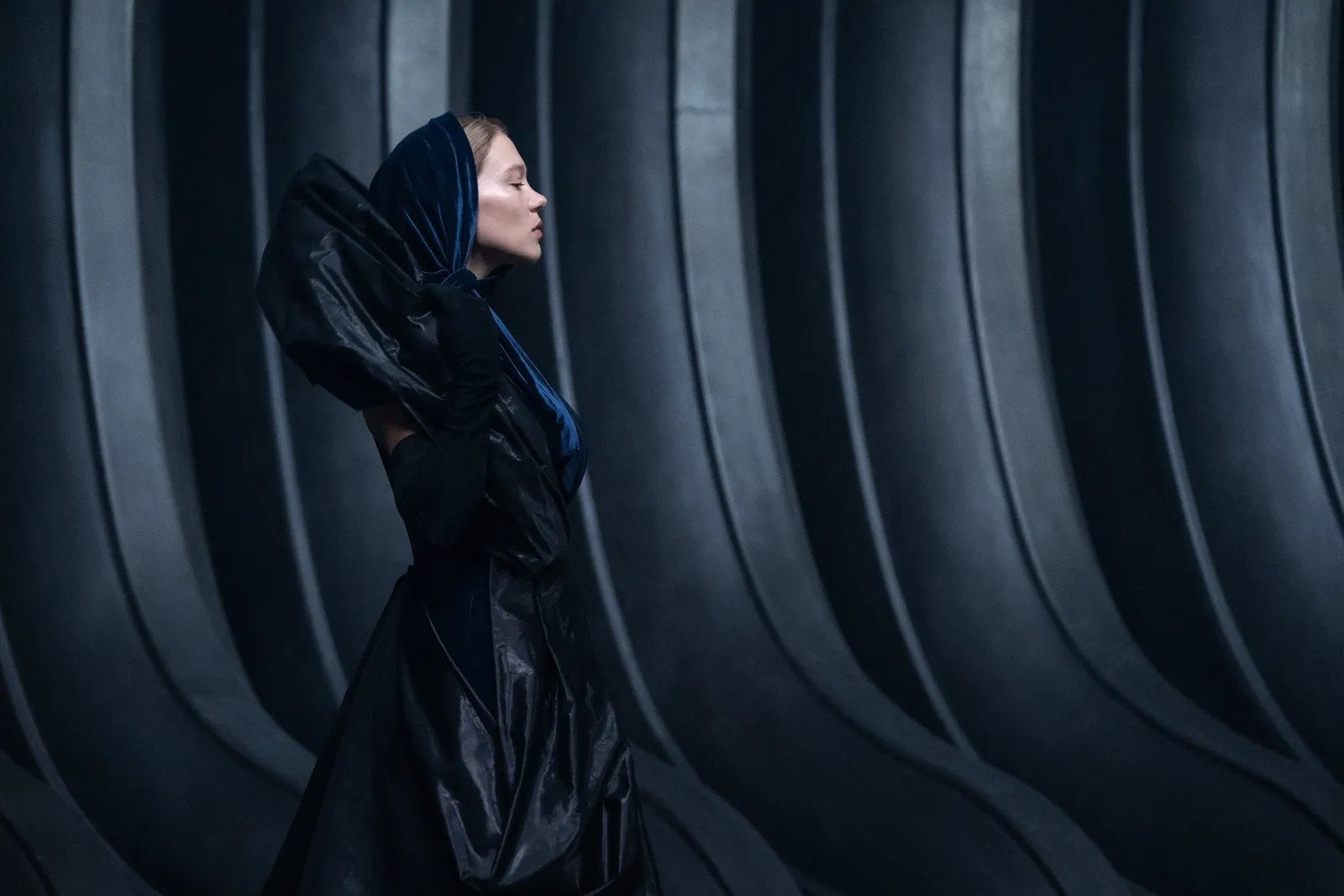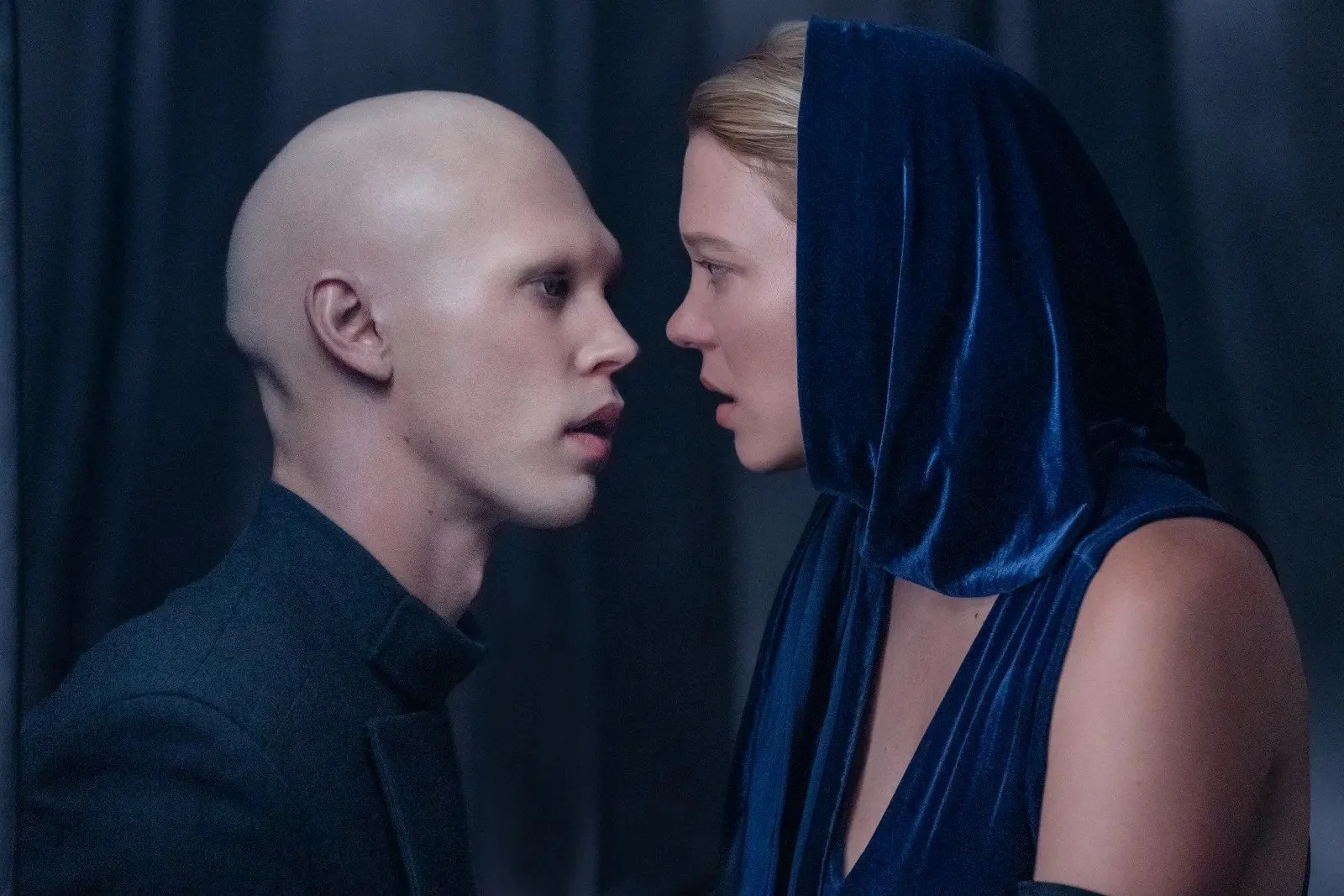Costume Design in Dune 1 + 2
Costume design in film is crucial for crafting immersive experiences. Beyond dressing characters, costumes convey traits, set narrative tones, and enrich visual storytelling. Enter "Dune," Frank Herbert's seminal sci-fi novel, where costume design is instrumental in capturing the intricate world's essence. With diverse characters spanning cultures, factions, and classes, each costume visually manifests identities, beliefs, and struggles. From opulent robes of the ruling class to rugged Fremen attire, costume design brings Herbert's vision to life on screen, enhancing immersion and paying homage to the source material's complex details.
Jacqueline West and Bob Morgan worked together to bring Herbert’s world of sand and space to life with an eccentric array of costume designs. West, who is a prominent designer, having previously worked on The Revenant and The Curious Case of Benjamin Button, has just earned her fourth Oscar nomination for her work on Dune.
Let's take a closer look at some of the most notable looks…
Paul Atreides
In an interview with Vogue, Jacqueline West says that she drew inspiration from the classic films of British director Sir David Lean such as Lawrence of Arabia and Doctor Zhivago. Initially, we see the protagonist, Paul Atreides (played by Timothée Chalamet), in his palace attire taking influence from Zhivago with clean cut and minimalist tailoring as well as medallions cut from rare-earth materials replacing buttons and zips. As we follow Paul on this journey as the son of the Duke to a beacon of hope and prophet to many of the ‘Fremen,’ we can see his wardrobe evolve accordingly. As Paul adapts to his life in the desert, his attire is significantly influenced by the Middle-east and, as previously mentioned, Lean’s work in Lawrence of Arabia.
Courtesy of Pinterest
Leto Atreides
Courtesy of Psylo Fashion
The former Duke of Caladan, Leto Atreides (played by Oscar Isaac) is shown in regal attire, yet an element of simplicity is incorporated which underlines the sincerity and humbleness of his character. West explained that her inspiration for Leto’s wardrobe was heavily influenced by the Romanovs, as it foreshadowed the end of an empire;“It was all going to be taken away from them” says West.
Lady Jessica
Courtesy of Vanity Fair
Lady Jessica’s wardrobe embraces a true blend of elegance and resilience, symbolizing her multifaceted character. The meticulous attention to detail and exquisite craftsmanship evident in her dresses mirrors the era depicted in Dune: set 10,000 years after an uprising against artificial intelligence, where the prohibition of computers necessitates the intricate hand-stitched embellishments. West and Morgan credited the fine works of Goya and Giotto as some of the key influences in their designs. Similar to her son Paul, her costume becomes more ornate as she evolves into the “Reverend Mother; ‘it's almost like an Egyptian sarcophagus when you see her finally in all of her velvets and silks, hand-painted with gold paint,’” West says.
Courtesy of Pinterest
Chani
Courtesy of Pinterest
Though Chani (played by Zendaya) is normally seen wearing the traditional Fremen stillsuit, West said that she wanted to make the stillsuits (as shown in the image above) worn by Paul and Chani more romantic despite their utility. West explains that she wanted to highlight the emotional connections between them with flowing wraps and cloaks; “subliminally, you realize that their relationship has all these different layers.”
Princess Irulan
Courtesy of GQ
West wanted Princess Irulan (played by Florence Pugh) to display a constrained yet glamorous look which is perfectly displayed by her accessories and costume throughout the film. She is often shown with a head garment which encircles her entire face, making her appear imprisoned. Many have assumed that this is to emphasize her feeling of entrapment in the Bene Gesserit scheme.
Lady Margot Fenring
One of the most notable looks in Dune II is Lady Margot Fenring, an alluring figure of the Bene Gesserit (played by Lea Seydoux). Her captivating blue dress was crafted from exquisite French taffeta which can be raised above Lady Fenring’s head without any visible wiring. This dress was inspired by a 1940’s Balenciaga design, reflecting this character's charm and sophistication.
The Harkonnens
Courtesy of Psylo Fashion
The Harkonnens are unsettling characters, and their costume design reflects no less. They are often seen in dark drapes of dense leather which is meant to mirror the texture of an insect's exoskeleton. Their all-black uniform serves as an emblem of their lethal intent and their merciless demeanor.
Featured image courtesy of Screen Rant

